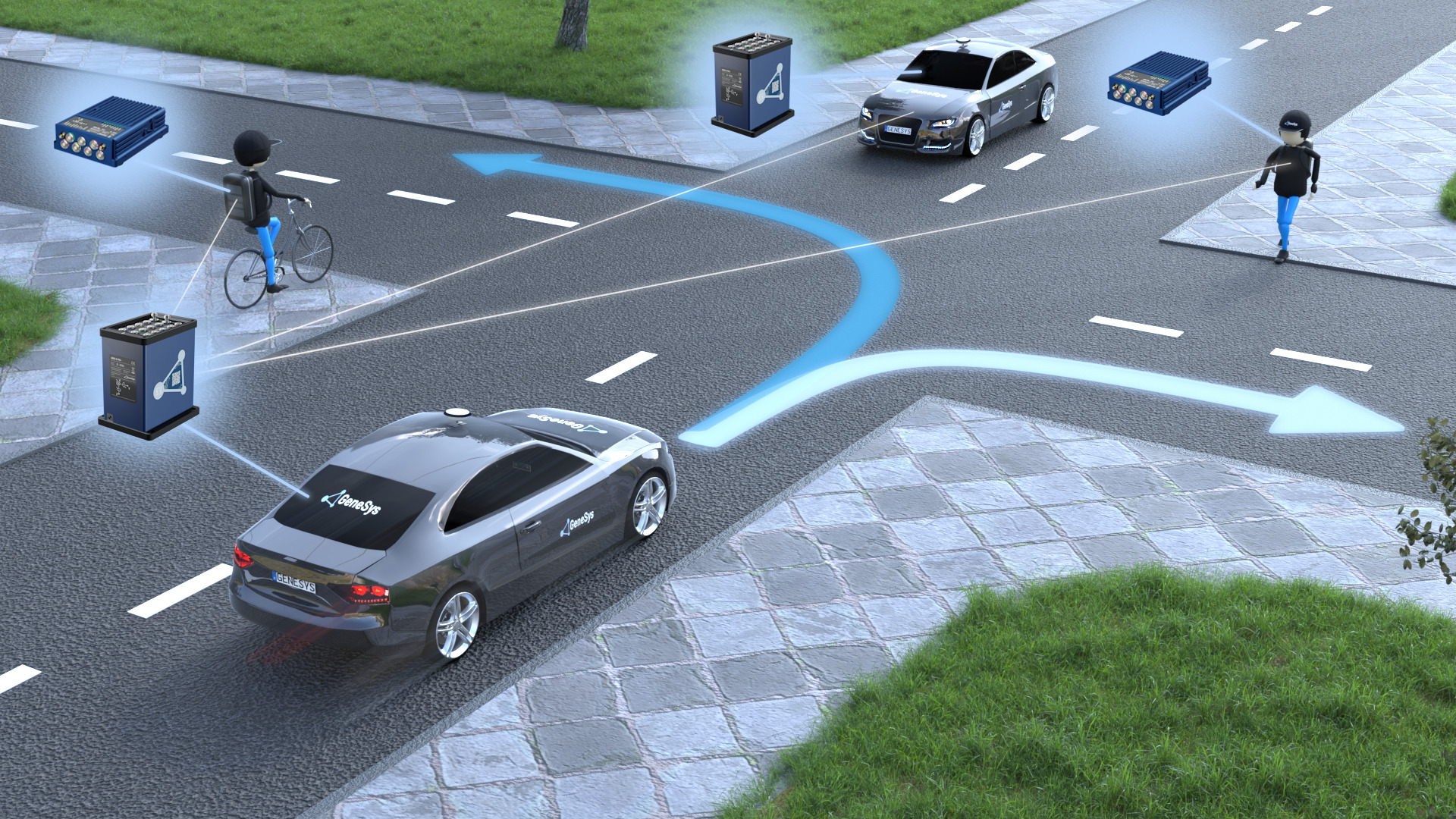IEC 62262 IK Impact Resistance ADAS Camera Housing Test
The IEC 62262 standard is designed to ensure the safety and reliability of automotive components, particularly those used in Advanced Driver Assistance Systems (ADAS) and autonomous vehicles. The ADAS Camera Housing test specifically evaluates how well the housing can withstand impact forces that it might experience during real-world driving conditions.
The IEC 62262 standard is part of a broader suite of standards aimed at improving the safety of automotive systems by addressing mechanical, electrical, and environmental factors. This particular section focuses on ensuring the structural integrity of ADAS camera housings to prevent failures that could compromise driver assistance features or cause malfunctions in autonomous driving systems.
The test uses the International Electrotechnical Commission's (IEC) impact resistance criteria as specified by IEC 62262. The IK rating system is a standardized method for classifying the impact resistance of protective enclosures and panels. This classification helps engineers understand how well the housing will perform under various impact scenarios, ensuring that it can protect critical components from external hazards such as debris or road hazards.
The test involves placing an ADAS camera housing in a controlled environment where it is subjected to specific impact forces using an IK-rated tool. The force applied corresponds to the IK rating of the housing being tested. After the impact, engineers assess whether any damage has occurred that might affect the performance and safety of the ADAS system.
The test is crucial for quality managers and compliance officers who need to ensure their products meet international standards. R&D engineers can benefit from this testing by refining designs to achieve higher IK ratings, thereby enhancing product durability and reliability. For procurement teams, knowing that a supplier has undergone this rigorous testing ensures they are sourcing components that have been rigorously evaluated for safety and performance.
Scope and Methodology
| Parameter | Description |
|---|---|
| Test Specimen | The ADAS camera housing to be tested. |
| Impact Force | The force applied, corresponding to the IK rating of the housing being tested. This is typically measured in joules (J). |
| Test Instrumentation | An IK-rated tool that simulates real-world impact forces. |
| Data Collection | Visual inspection and, if necessary, non-destructive testing (NDT) to assess any damage or deformation in the housing. |
The test is conducted by placing the ADAS camera housing on a rigid surface. The IK-rated tool is then positioned above the housing and subjected to the specified impact force. Following the impact, engineers visually inspect the housing for any signs of damage or deformation that could affect its performance. If necessary, NDT methods such as ultrasonic testing or magnetic particle inspection are employed to ensure thorough evaluation.
Acceptance criteria are strictly defined in accordance with IEC 62262. The housing must pass all specified tests without compromising the functionality of the ADAS system it houses. Any damage that might affect performance, even minor, is considered a failure of the test.
Why Choose This Test
The IEC 62262 IK Impact Resistance ADAS Camera Housing Test is essential for several reasons:
- To ensure compliance with international standards and regulations.
- To enhance the safety and reliability of ADAS systems in vehicles.
- To protect critical components from external hazards that could compromise system performance.
- To provide robust data for R&D engineers to refine product designs and achieve higher IK ratings.
- To give quality managers and compliance officers peace of mind, knowing they are sourcing components that have been rigorously evaluated for safety and performance.
The test is particularly important in the context of autonomous vehicles, where even minor failures could have severe consequences. By ensuring the structural integrity of ADAS camera housings, this test helps to maintain the high standards required for safe and reliable automotive systems.
Customer Impact and Satisfaction
- Enhanced Safety: Ensures that ADAS camera housings can withstand real-world impacts, protecting critical components from damage.
- Better Compliance: Helps customers meet regulatory requirements and international standards for automotive safety.
- Improved Product Quality: Provides data to improve product designs and achieve higher IK ratings, enhancing overall quality.
- Risk Reduction: Minimizes the risk of component failure in critical systems, thus reducing potential hazards on the road.
The test also contributes to customer satisfaction by ensuring that products are reliable and safe, which is crucial for any automotive manufacturer or supplier. By offering this comprehensive testing service, we help our clients achieve their quality and safety objectives, thereby enhancing their reputation in the market.





